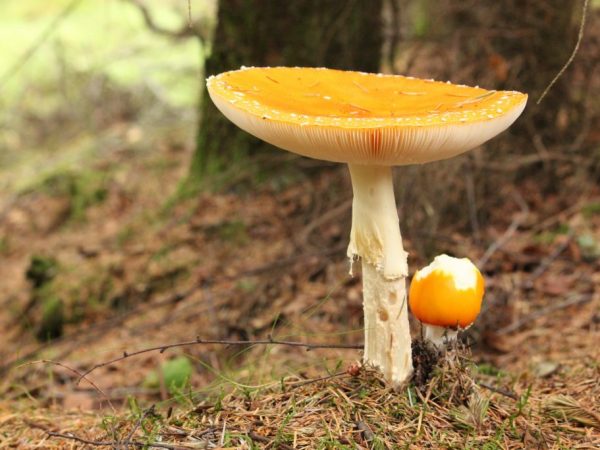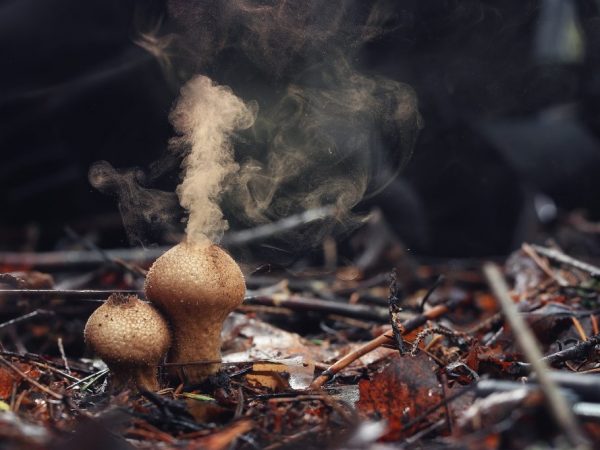Reproduction mechanism of fungi by budding
Reproduction of fungi by budding is a way to expand their habitat and preserve their appearance. In addition to the kidneys, they can be spread by spores, parts of the mycelium, and the actual sexual route.

Reproduction mechanism of fungi by budding
Budding mechanism
A type of asexual reproduction, in which a young organism is formed on the mother's body, over time it separates or remains. In the latter case, a colony is obtained.
Process description:
- Cells divide at a specific site, starting this process by dividing the nucleus.
- When a sufficient number of cells have formed (a young organism has appeared), a constriction is formed. It separates the "kidney" from the mother's body.
- Within 2 hours, a new individual detaches and falls on the substrate or is carried by people, animals, or the wind.
A similar method is inherent in species such as yeast and lichens.
Irina Selyutina (Biologist):
Yeast is characterized by several methods of vegetative propagation: budding, division and budding division. When budding, round, ovoid, or oval cells appear. Budding is the most characteristic and widespread method of vegetative propagation in yeast. It begins with the appearance on the surface of the cell of a small spherical outgrowth, which gradually increases in size and then, as it were, “laces up” from the mother cell, leaving a scar or renal scar on it.
Lichens reproduce mainly vegetatively:
- areas of the thallus;
- formations of algae cells and fungus filaments - isidia and media.
Advantages and disadvantages
The reasons why mushrooms reproduce by budding:
- Increased chances of survival: the process slows down in unfavorable conditions or accelerates in favorable conditions.
- Accommodation features: a developed kidney (organism) already has the necessary set of organelles, so it only needs a good substrate. The spore must germinate in the nutrient medium and has almost no supply of substances. The offshoot is temporarily dormant, this postpones launch.
- Colonization as a survival adaptation: if the process has not ended with the separation of the young organism, then it remains on the one hand - a part of the mother's organism, but at the same time has an autonomous set of organelles and can function independently - on the other hand. Colonial organisms survive better in adverse conditions. Vivid representatives of this type are mold fungi.
According to the set of genetic material, daughter cells are copies of mothers. Therefore, the disadvantage of this method is the impossibility of obtaining nuclear DNA from another organism. Although this minus is not important for the lower representatives of the kingdom, they are quite resistant to external conditions without the need to obtain new genetic material. Such colonies formed by budding are called clonal.
Types of organisms

Some mushrooms reproduce in two ways at the same time.
The following fungi reproduce by budding:
- yeast;
- marsupials;
- smut.
For your information: ascospores bud in marsupials, basidiospores in smut.
These are the lowest representatives of the kingdom. Higher fungi, including cap fungi, have access to other methods of the vegetative method: sporulation, reproduction by parts of the mycelium. And yeast lost this ability due to the transition to existence in liquid and semi-liquid substrates. The division of the mycelium is available to the marsupials. And representatives of smut reproduce by a double method: they throw out spores that turn into conidia. They grow on a nutrient substrate and expand by budding.
Certain taxa combine spore and mycelium methods. Then parts of the mycelium become the site of maturation and fusion of spores.
Also, this path is typical for:
- Moss.
- Ciliates.
- Sponge.
- Worms.
- Intestinal animals.
Budding among animals is available to invertebrates and unicellular organisms. In higher representatives, the sexual route predominates.
Other methods of vegetative propagation
These include the method with spores and the division of the mycelium, that is, the mycelium. These paths are inherent in the highest representatives of the type of honey agarics, chanterelles, whites. Their mycelium spreads for miles in the ground.
This feature is used when you need to plant fruiting bodies on the site. Part of the mycelium with the earth is removed and mixed with the local substrate.
Young mycelium can be damaged if it is not sufficiently rooted in the soil. Therefore, fruiting bodies are not pulled out of the ground, but cut off - this is a guarantee that new ones will soon grow.
Disputes are the most mobile method of all. In cap mushrooms, they ripen in plates and spill out. They are blown away by the wind, carried by animals and people. Thanks to this, the view spreads over long distances. Some classes reproduce by mobile spores - zoospores.
Conclusion
The division of lower fungi by budding gives organisms advantages in preserving the species and capturing territory. The kidney allows you to create an organism already ready for the external environment or part of future colonies. The method has more advantages than disadvantages, so many subspecies choose this type of reproduction.



